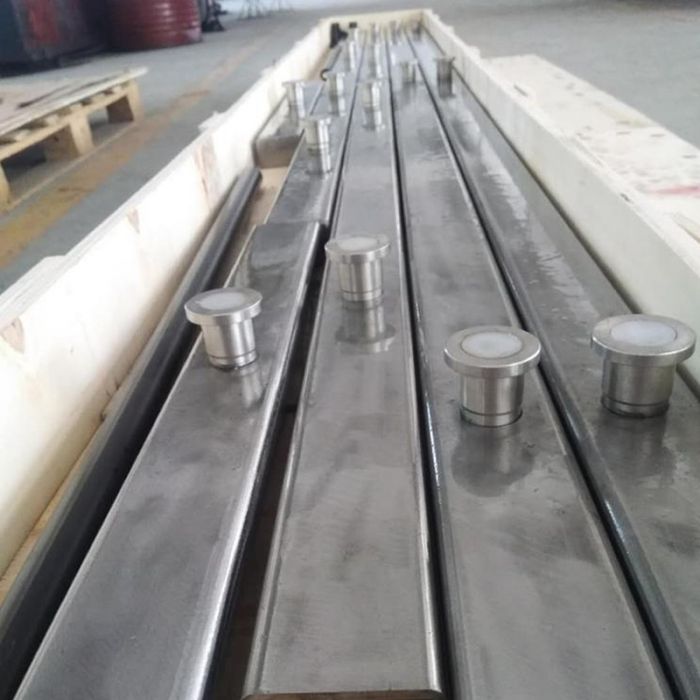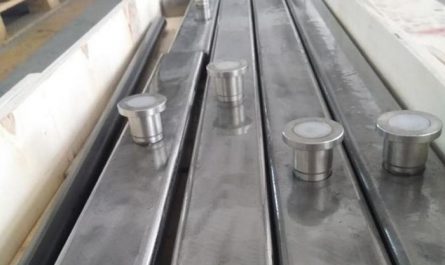Sugar core concrete refers to the formation of a hard shell on the surface of concrete, accompanied by irregular cracks, due to external environmental factors such as strong winds, high temperatures, or both, after the concrete is poured and vibrated.
At this point, the concrete has not reached its setting time, so pressing it down forcefully or stepping on it with your foot feels like stepping on rubber.
Remove the surface hard shell, while the internal concrete remains in a plastic state.
This is due to the rapid loss of water on the surface of concrete, resulting in a “sugar core” phenomenon in the concrete.
Not only will it cause concrete cracking, but the surface strength of concrete will also decrease.
Exploring the origin of materials through careful examination, from the perspective of the materials themselves, I believe it is caused by an excessive amount of powder materials and a high volume ratio of cement to bone.
The term ‘powder’ here refers not only to traditional cementitious materials such as cement, fly ash, and mineral powder, but also to all particles below 0.
315mm brought in by aggregates.
.



